WWII Era - Vought SB2U Vindicator Layout Blueprint - American Carrier-Based Dive Bomber
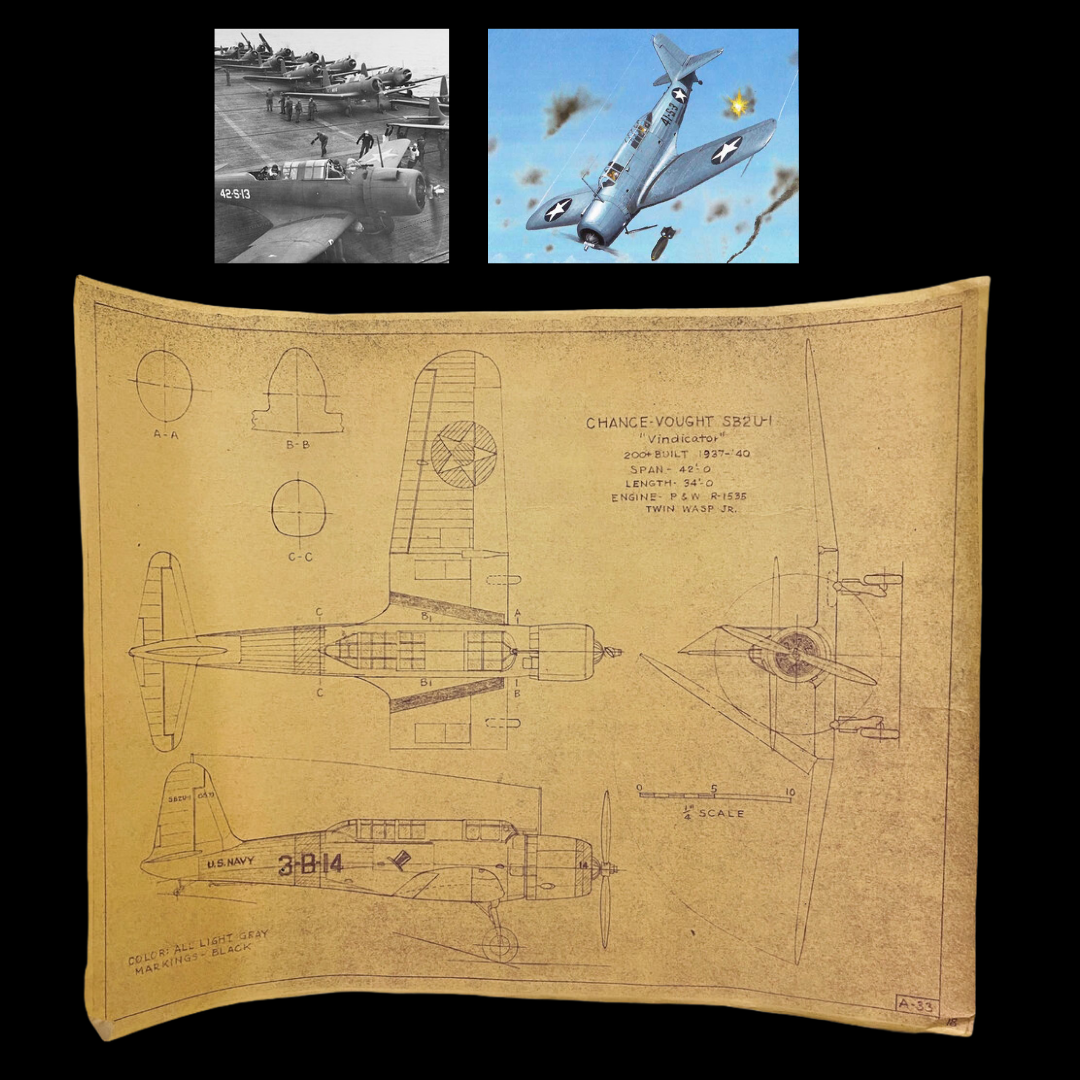



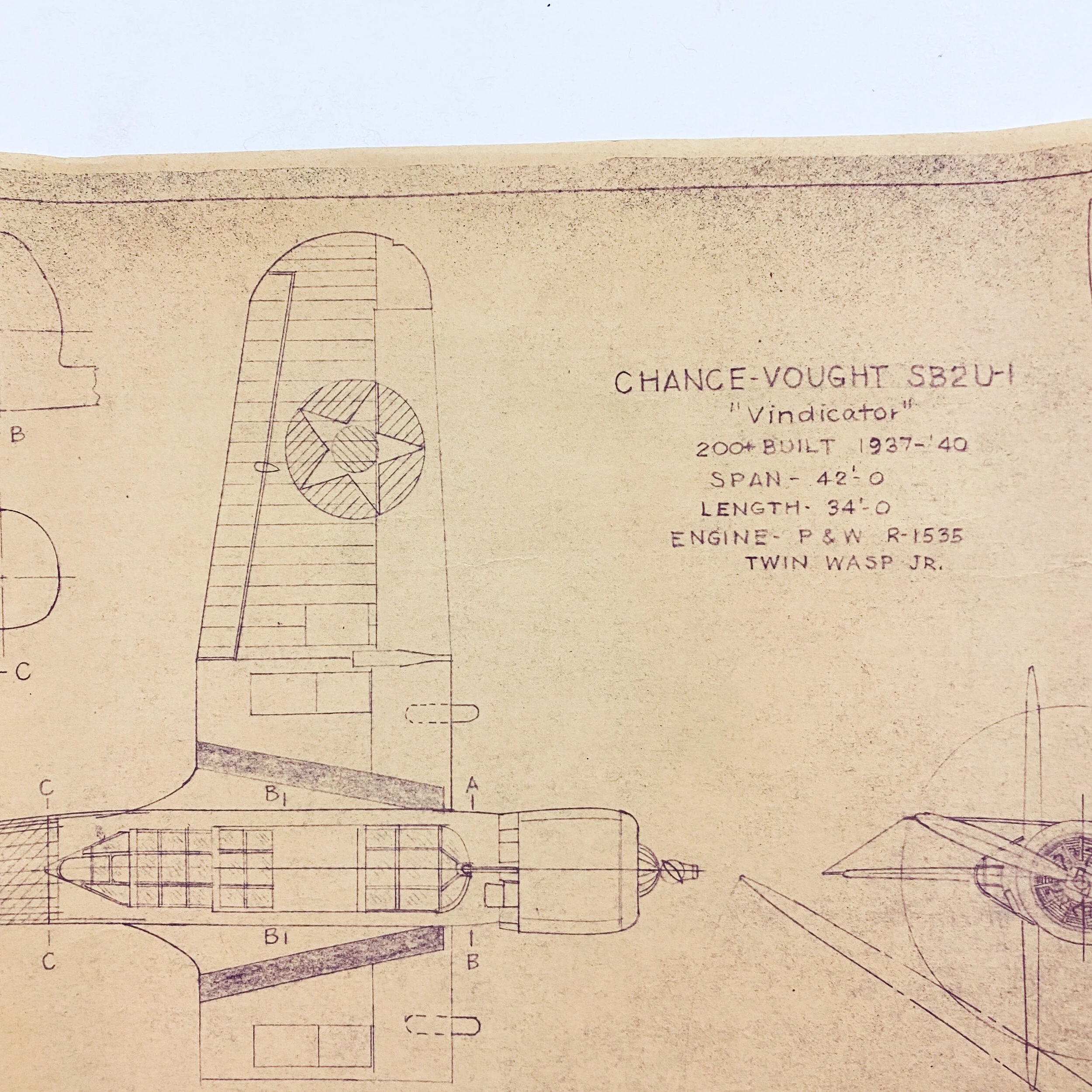

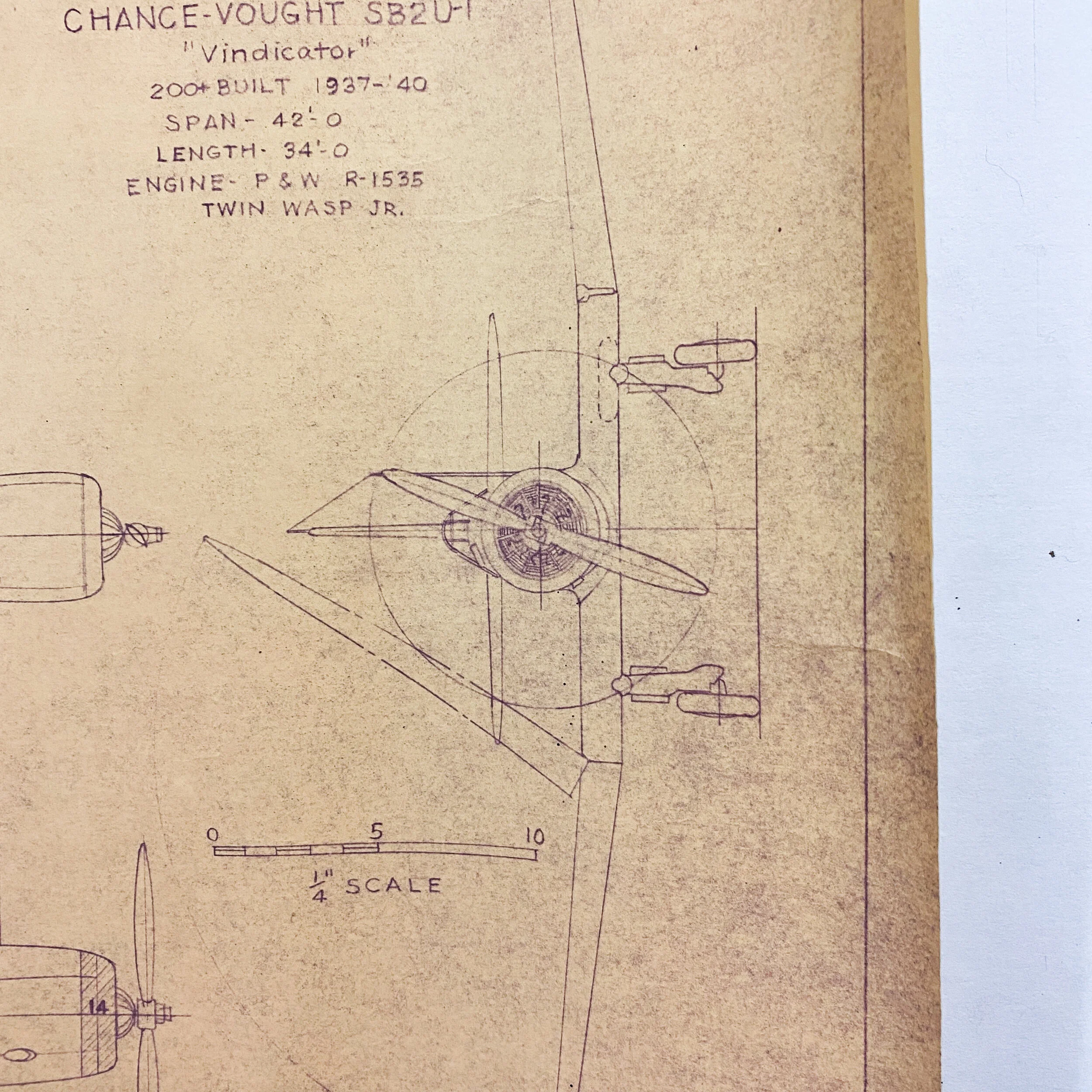






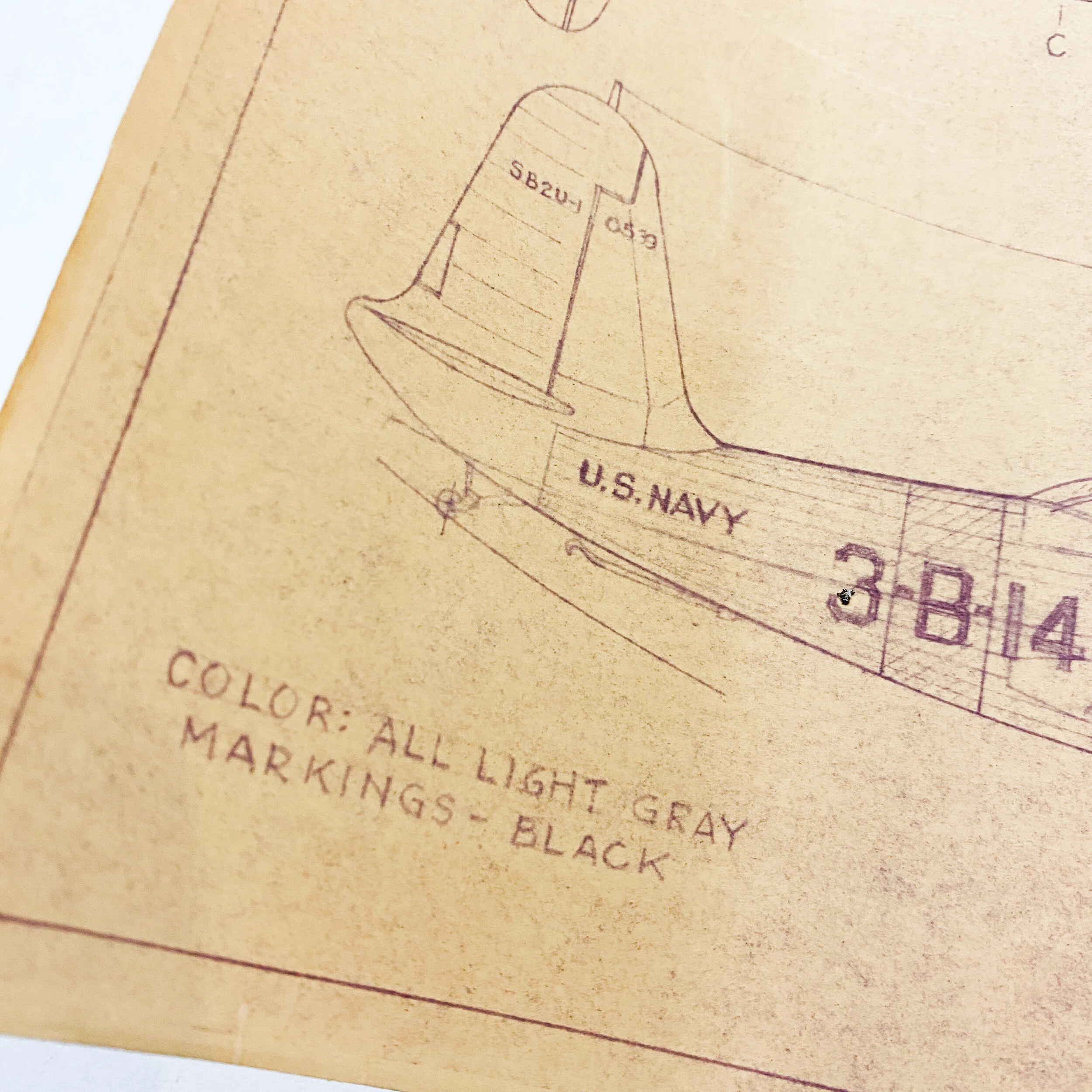



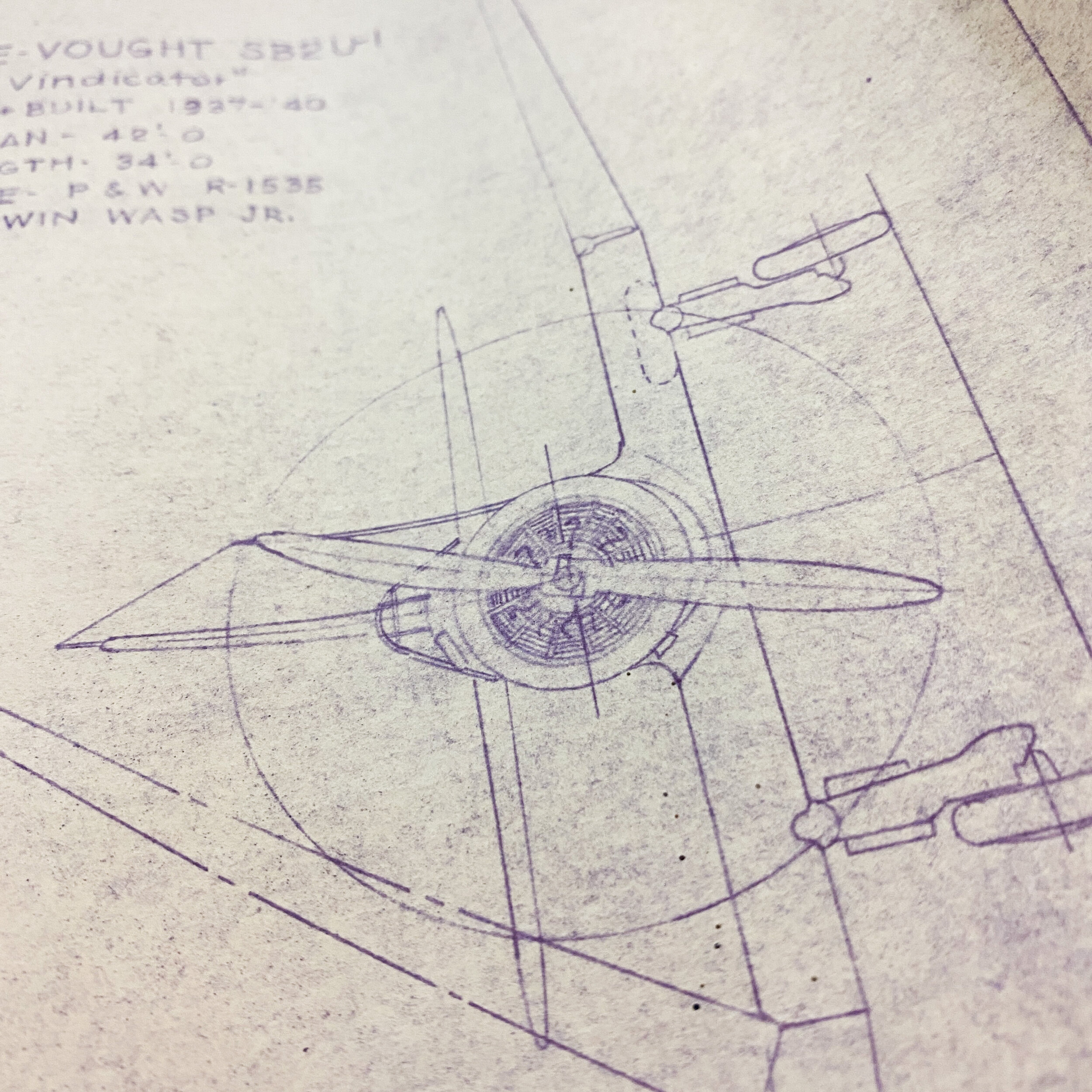

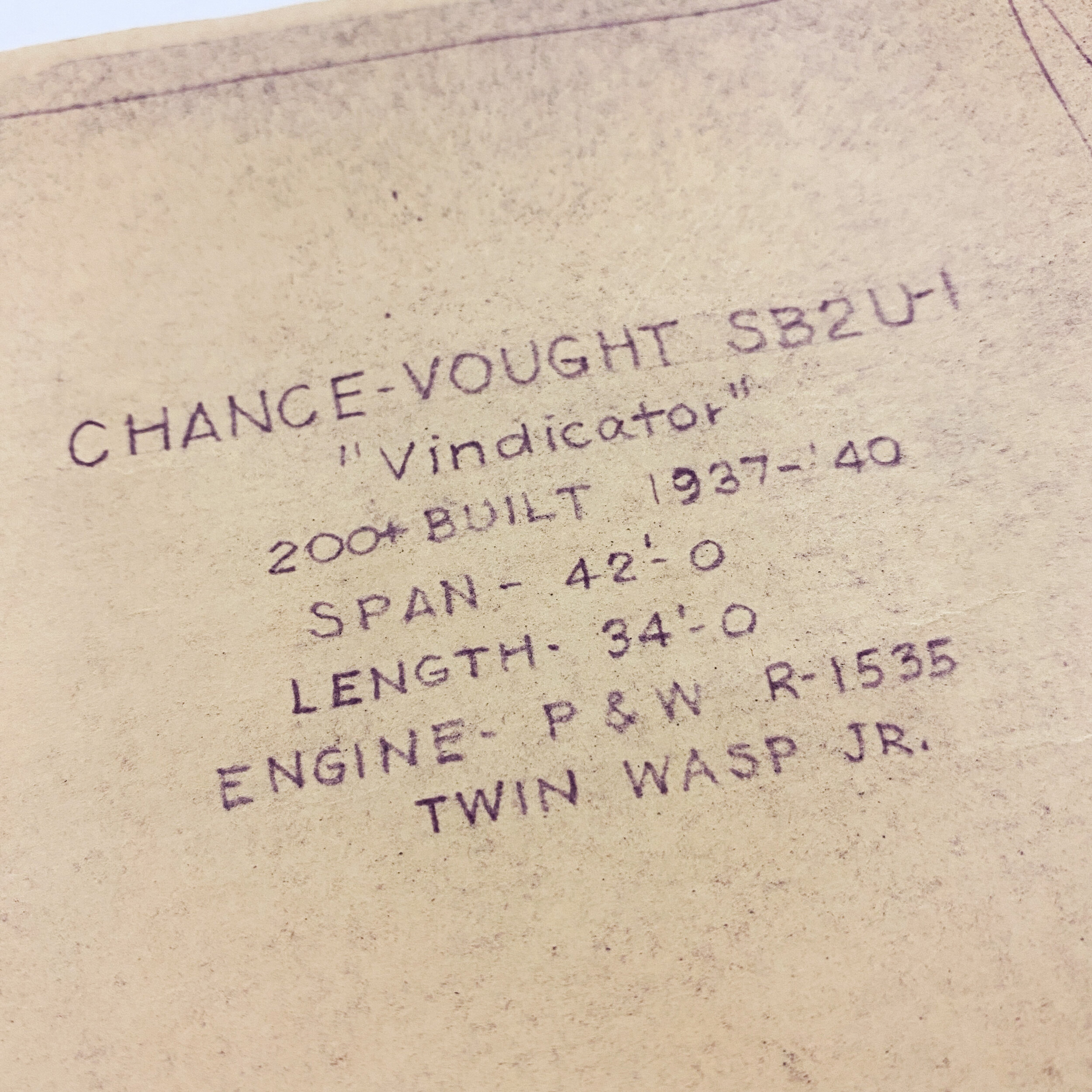


WWII Era - Vought SB2U Vindicator Layout Blueprint - American Carrier-Based Dive Bomber
The Vought SB2U Vindicator is an American carrier-based dive bomber developed for the United States Navy in the 1930s, the first monoplane in this role. Vindicators still remained in service at the time of the Battle of Midway, but by 1943, all had been withdrawn to training units. It was known as the Chesapeake in Royal Navy service. Deliveries to the US Navy began in December 1937, when four aircraft joined VB-3 aboard the aircraft carrier Saratoga, replacing Curtiss BFC-2 biplanes. As well as Saratoga, Vindicators served on the carriers Lexington, Ranger, and Wasp. Air Group Nine, destined for Essex, trained in Vindicators aboard the escort carrier Charger, but they transitioned to the Douglas SBD Dauntless before Essex joined the war. During the attack on Pearl Harbor, seven Vindicators from the U.S. squadron VMSB-231 were destroyed at Ewa Field.
VMSB-131 and VMSB-241 were the only two USMC squadrons that fielded the Marine-specific SB2U-3 between March 1941 and September 1943. VMSB-241's Vindicators saw combat at the Battle of Midway in June 1942. Airmen with experience in more modern aircraft spoke disparagingly of SB2Us as "vibrators" or "wind indicators" in their later combat assignments. Captain Richard E. Fleming piloted a SB2U-3 Vindicator in an attack on the Japanese cruiser Mikuma on 5 June 1942, for which he was posthumously awarded the Medal of Honor.
This World War II era blueprint shows the modifications, and spec constructional designs of the Vought SB2U Vindicator. This blueprint denotes the color of an all light gray with black marking exterior and is drawn at a 1/4 scale. This blueprint of the Vought SB2U Vindicator is marked drawing A-33.